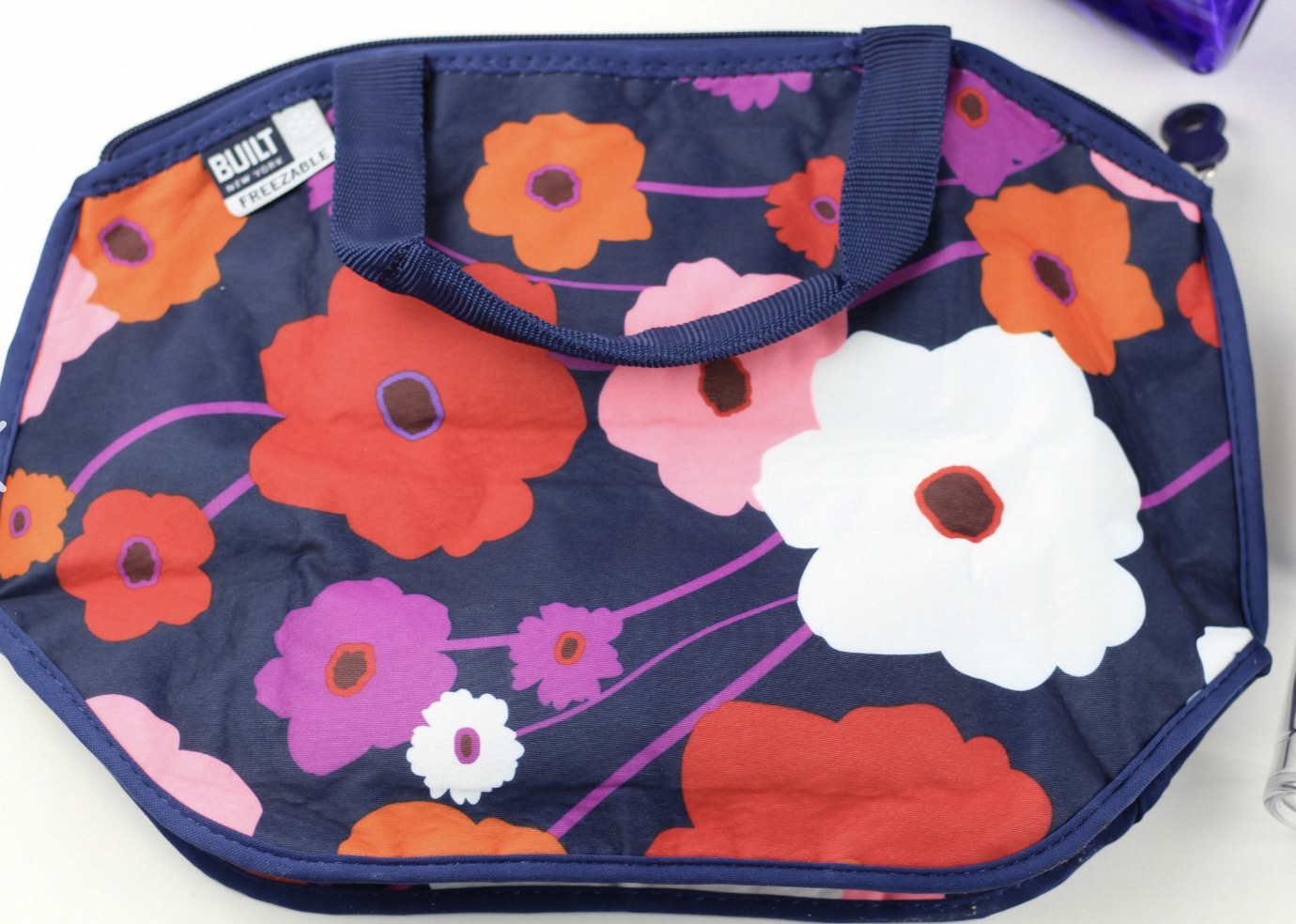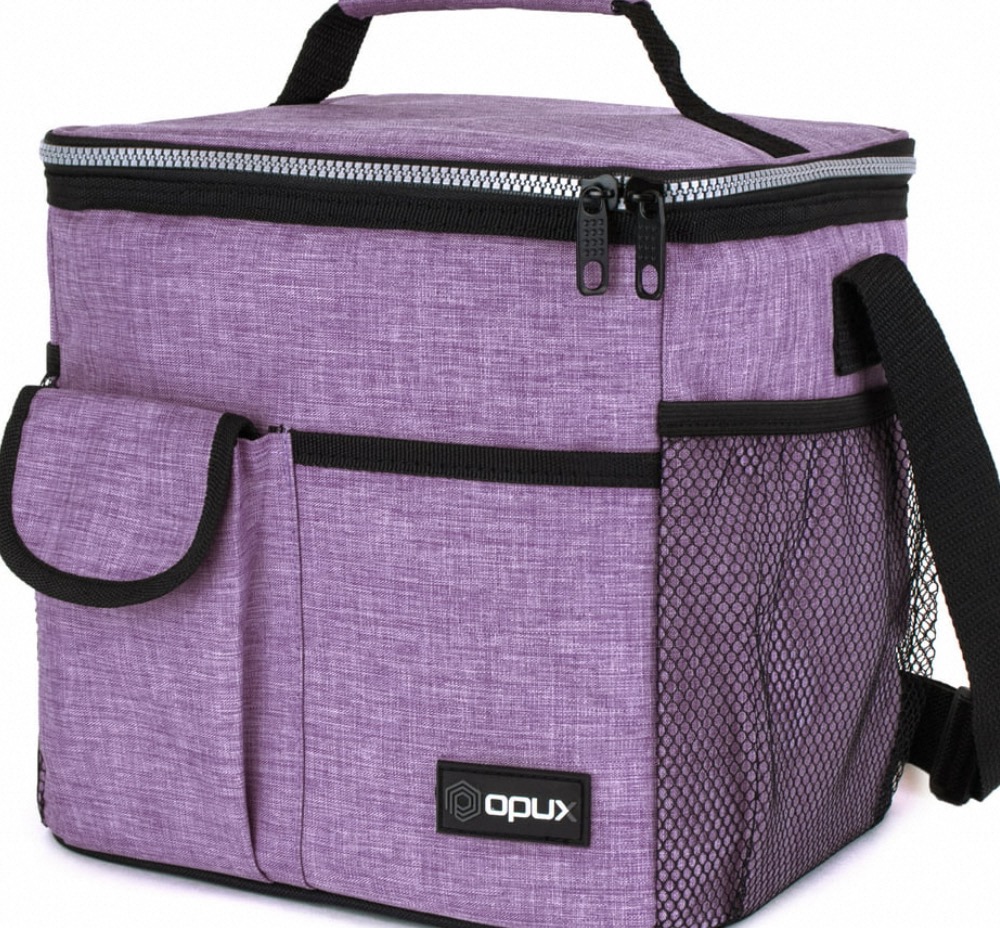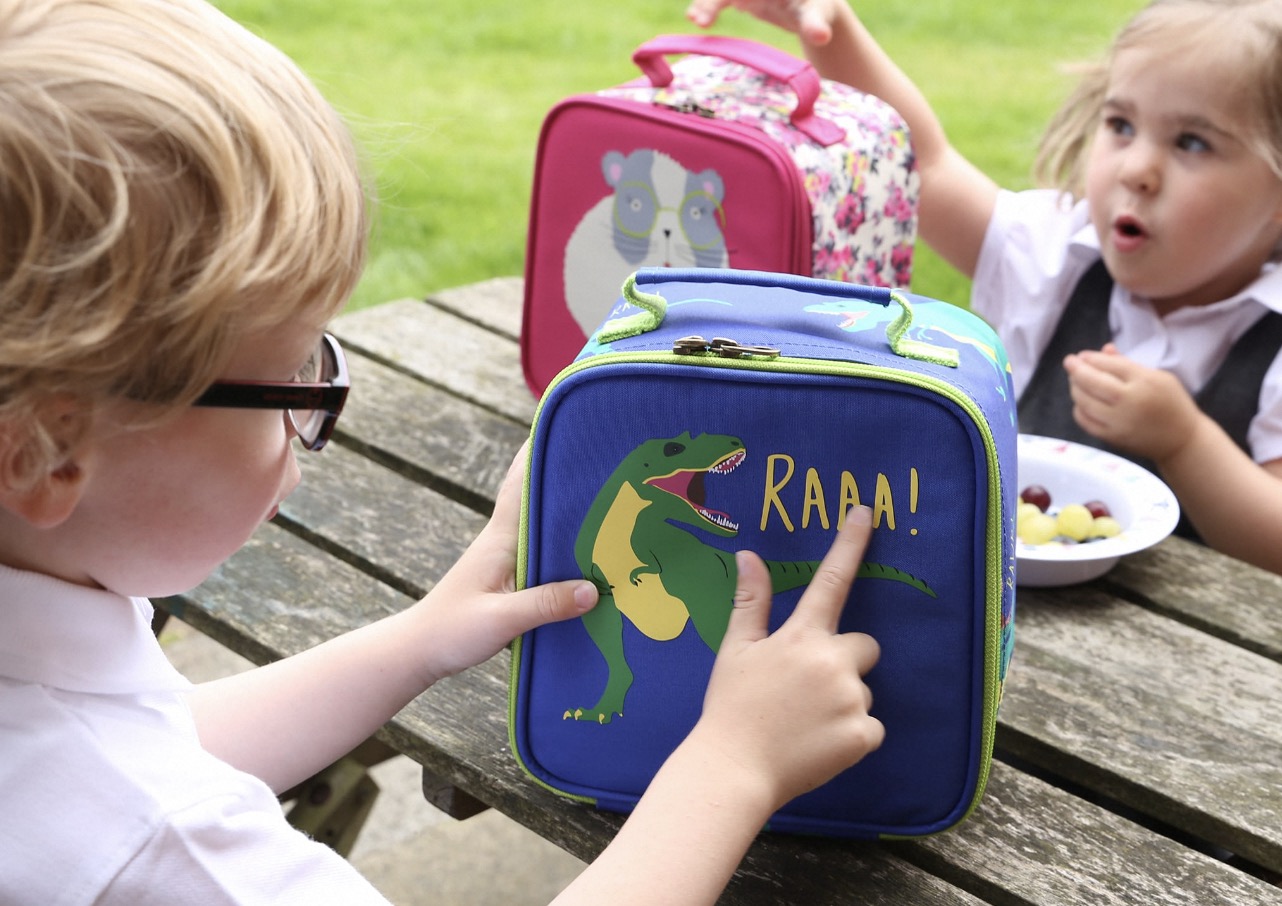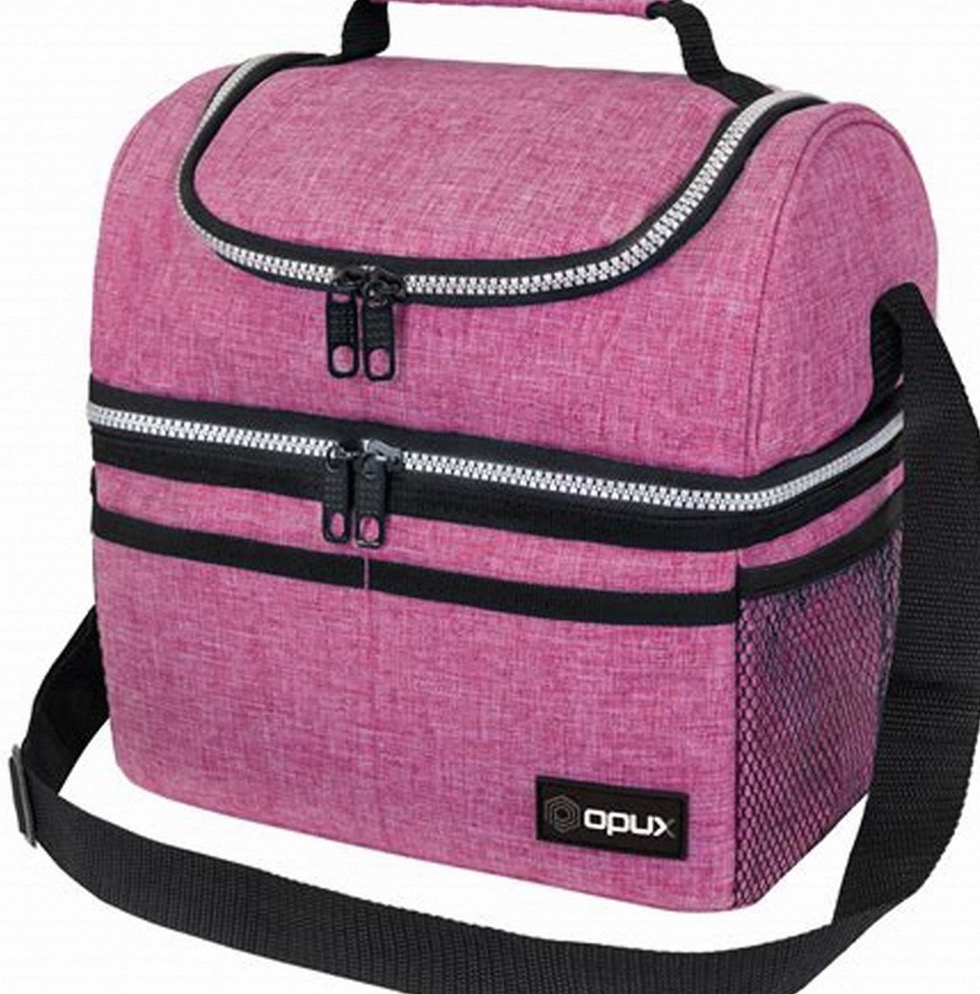Introduction:
Nutrition plays a critical role in a child’s development, and school lunches are at the heart of daily nutrition for millions of students. A quintessential element of these lunches is milk, a source of essential vitamins and minerals. “Milk bags for school lunches” have emerged as an innovative solution that caters to sustainability while providing hydration. These pouches are becoming increasingly popular in schools across the globe due to their convenience and reduced environmental impact. This article examines the benefits, challenges, and implications of adopting milk bags in school nutrition programs.

Advantages of Using Milk Bags for School Lunches
Milk bags, unlike traditional cartons or plastic bottles, offer distinct advantages in the context of school lunches. They are typically made from high-grade, low-density polyethylene (LDPE) or other plastic film materials, which are lighter and less voluminous than their rigid counterparts. This design results in decreased transportation costs and storage requirements, as the bags are space-efficient and easier to handle. Moreover, the reduced packaging mass correlates with a lower carbon footprint, aligning with eco-friendly school initiatives.
Nutritional Integrity and Safety Standards
Maintaining the nutritional integrity of milk is paramount, and milk bags play a significant role in this regard. They are often fabricated using multi-layer films that offer superior protection against oxygen and light, ensuring the milk remains fresh and retains its nutritional profile until consumption. Complying with food safety standards, these bags undergo rigorous testing to prevent contamination and leaks, ensuring they are safe for use by children.

Eco-Friendly Approach to School Lunches
Sustainability is at the forefront of many school policies, and milk bags for school lunches are part of this green revolution. The production of LDPE bags typically requires fewer resources than cartons or bottles, and they generate less waste by volume after use. Furthermore, when properly implemented, recycling programs for these bags can mitigate their environmental impact, teaching students valuable lessons about responsible consumption and waste management.
Challenges and Solutions in Adoption
Despite their benefits, the transition to milk bags can pose challenges. For example, schools must invest in compatible refrigeration units and dispensing equipment. Training for cafeteria staff on handling and recycling procedures is also necessary. However, these challenges are not insurmountable. Grant programs and partnerships with dairy suppliers can offset initial setup costs, and educational programs can facilitate smooth implementation.

Educational Opportunities with Milk Bag Programs
Implementing milk bags for school lunches provides an educational opportunity beyond nutrition. It allows schools to integrate lessons on environmental stewardship, resource conservation, and recycling as part of their curriculum. Students can engage in hands-on learning about the lifecycle of packaging materials and the importance of sustainable practices. Such initiatives can empower students to become environmentally conscious citizens.
Streamlining School Lunch Logistics
The logistical benefits of milk bags for school lunches are undeniable. These flexible containers require less space during transport and storage, allowing schools to optimize cafeteria operations. Efficient packaging and distribution translate into time and cost savings, which can be particularly beneficial for schools with limited resources. Furthermore, the ease of stacking and storing milk bags enables better inventory management and a reduction in the frequency of deliveries needed, contributing to a smaller carbon footprint.
Addressing Environmental Concerns
While milk bags present an eco-friendly alternative to traditional containers, concerns regarding their disposal and the potential for increased plastic waste must be addressed. To combat this, many schools are adopting comprehensive recycling programs that involve not only collecting the empty bags but also educating students on the importance of recycling. Some districts partner with local recycling facilities to ensure the bags are processed correctly, reinforcing the school’s commitment to sustainability.

Enhancing Student Engagement and Responsibility
Milk bags for school lunches offer a unique way to involve students in daily environmental responsibility. Schools can create ‘Green Teams’ of students who take charge of the milk bag recycling process, providing them with a sense of ownership and a practical understanding of environmental management. This hands-on involvement helps to instill lifelong habits of sustainability and teaches students the impact of their individual actions on the larger community.
The Economic Impact on School Budgets
Financial considerations are crucial when schools decide to switch to milk bags. While the initial investment in the necessary dispensing equipment may be significant, the long-term savings on purchasing milk and reducing waste are compelling. In addition, milk bags can be cost-effective for suppliers, who may pass on savings to schools through lower prices. Careful budget analysis and pilot programs can help schools assess the financial feasibility and benefits of switching to milk bags.
Milk Bags and Public Health Considerations
It is essential for schools to consider the public health aspect of introducing milk bags for lunches. The bags must adhere to strict hygiene standards to prevent any potential health risks. Schools must ensure that the handling, dispensing, and consumption processes are sanitary and that students are educated on proper usage to avoid contamination. Regular health inspections and adherence to food safety regulations play a vital role in maintaining the integrity of the program.

The Future of Milk Bags in School Nutrition Programs
Looking forward, the role of milk bags in school nutrition programs appears promising. As technology advances, we may see further improvements in the materials and design of milk bags, making them even more environmentally friendly and easier to recycle. Innovations such as biodegradable films could significantly reduce the ecological impact. Additionally, public-private partnerships and educational initiatives will likely continue to evolve, promoting the widespread adoption of milk bags in schools as a standard practice.
Cultivating Community Partnerships and Outreach
The success of implementing milk bags for school lunches often hinges on the strength of community partnerships. Schools can reach out to local environmental groups, dairy companies, and waste management services to create a network of support for the program. These partnerships can lead to collaborative efforts such as community recycling drives, educational workshops, and sponsorship opportunities that benefit both the schools and the community at large. By fostering these relationships, schools not only enhance the effectiveness of their milk bag programs but also reinforce the message of collective responsibility for environmental stewardship. Engaging families through outreach programs can also ensure that the values of sustainability and proper recycling practices extend beyond the school grounds and into the students’ homes, promoting a culture of environmental mindfulness within the community.